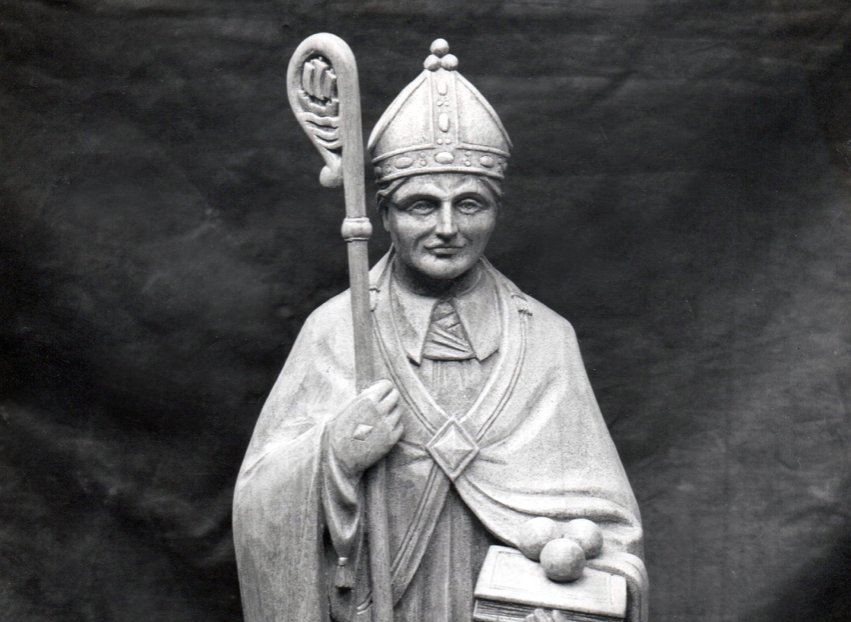Who was St Nicholas?
by Ailsa Harvey · 22/12/2020
Discover why one man’s life has been honoured for centuries, and how he has shaped the spirit of Christmas

(Image credit: Sjukmidlands/Wikimedia Commons)
Today the mention of St Nicholas sparks excitement in children as they anticipate presents, but where did this figure originate from? The character who is widely commemorated at this time of year has undergone several transformations and been known by a variety of names over the centuries, but the real St Nicholas of Myra is a celebrated hero of the past, whose legacy can be traced back to the year 270 CE.
Nicholas was born in Patara, which is now part of modern-day Turkey, to wealthy Christian parents. They dedicated their son to God, and it is said that Nicholas started reading sacred books at the age of just five years old. Although he suffered the loss of his parents at a young age, Nicholas chose to care for others and assist those who were even less fortunate than himself.
Nicholas was a dedicated Christian, and his religious convictions and care for others resulted in him being made the bishop of Myra. Throughout his time as bishop, and at other stages in his life, there are stories of Nicholas going out of his way to provide for children and those who have been dealt an unfortunate hand in life – acting as saviour when freak accidents struck and always standing up for what he believed to be correct.
Sticking to his morals and beliefs sometimes led him into trouble, notably during the time when Nicholas was imprisoned under the rule of Roman Emperor Diocletian. At this time, all who followed Christianity were persecuted, and his time in prison was spent surrounded by other bishops, priests and staunch followers of the Christian faith.
After his death, a watery liquid called manna began to form in Nicholas’s grave. It was believed that the water had healing powers, and the site soon became a memorial to the saint. Having been a recognised saint across much of Europe, in the 1500s things started to change. The practice of honouring saints began to diminish in many countries, but his memory was kept alive in some places, and immigrants later spread the stories around the world.
While some of the stories of St Nicholas have been told and retold over centuries, enabling imaginative details to be twisted and added, it is believed that the core morals of these legends depict the true character of the man and saint who was St Nicholas of Myra. Around Christmas time, variations of his stories are still told, encouraging people to emulate his charitable traits.

(Image credit: Jill Wellington/Pixabay)
How did St Nicholas become a symbol of gift giving?
The stories of St Nicholas protecting children and sailors, among others, show the saint providing for people. This could be the literal gift of money, or simply enhancing the lives of those in need. As these stories were told around the world, recognition of him spread to a number of countries, including Russia and Greece, where he became a patron saint.
While honouring saints became less common, his legacy continued to be celebrated in the Netherlands. There, the feast day of St Nicholas also incorporated the tradition of children leaving their shoes outside the night before the feast, in the hope that the man in the stories, who’d brought so much joy to others in the past, could do something similar for them. Today the tradition of St Nicholas bringing gifts to children continues in the Netherlands, as well as many other countries, where he has transformed into the character of Santa Claus.
For more science and technology articles, get your Christmas subscription to How It Works for as little as £7.15 on our website now. If you have a tablet or smartphone, you can also download the digital version onto your iOS or Android device. To make sure you never miss an issue of How It Works magazine, subscribe today!






